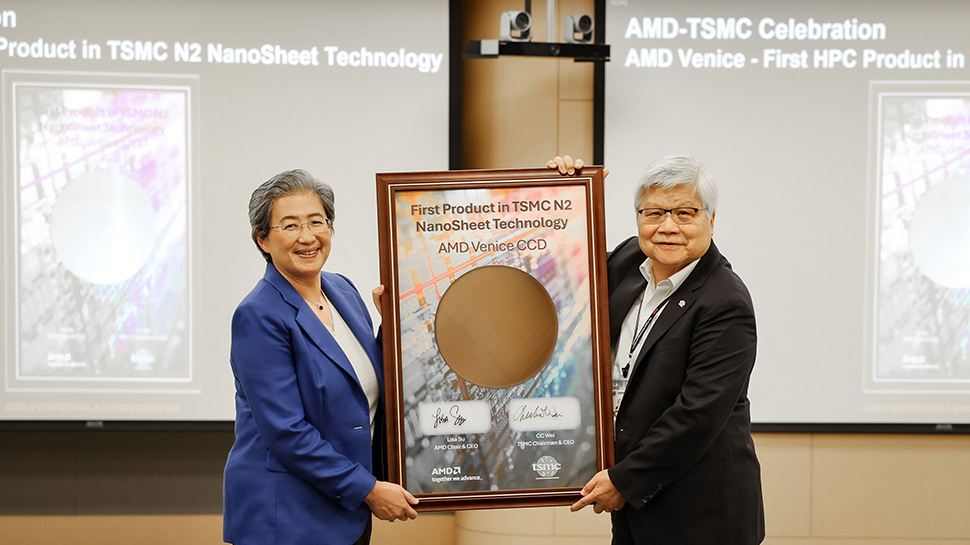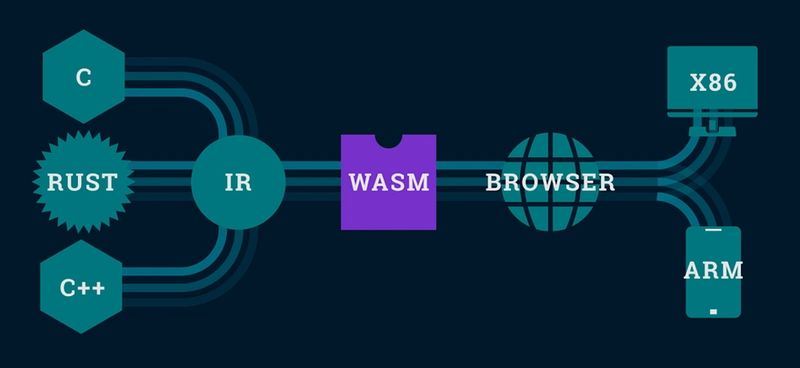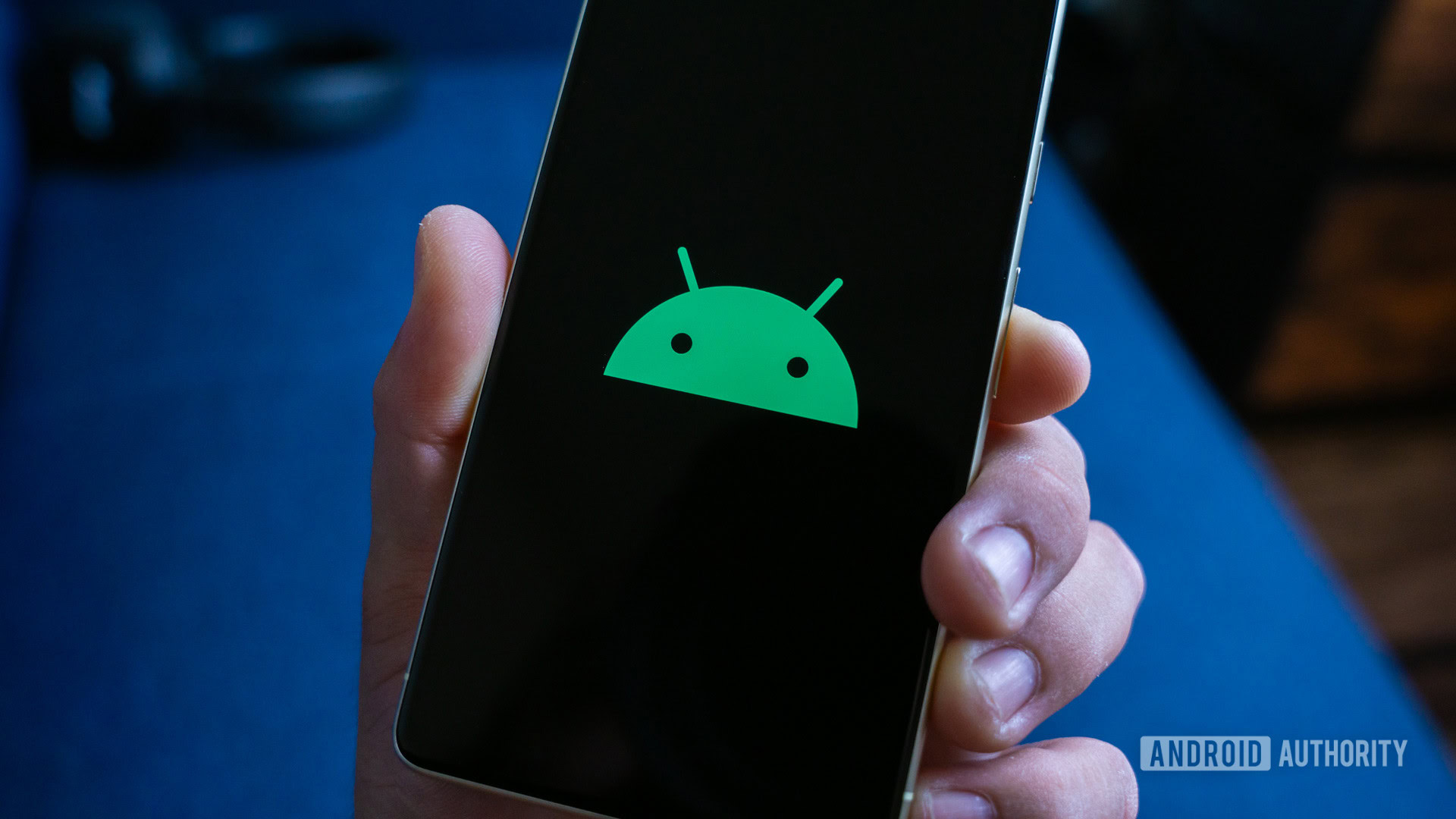Chinese Robotaxis Have Government Black Boxes, Approach US Quality
An anonymous reader quotes a report from Forbes: Robotaxi development is speeding at a fast pace in China, but we don't hear much about it in the USA, where the news focuses mostly on Waymo, with a bit about Zoox, Motional, May, trucking projects and other domestic players. China has 4 main players with robotaxi service, dominated by Baidu (the Chinese Google.) A recent session at last week's Ride AI conference in Los Angeles revealed some details about the different regulatory regime in China, and featured a report from a Chinese-American YouTuber who has taken on a mission to ride in the different vehicles. Zion Maffeo, deputy general counsel for Pony.AI, provided some details on regulations in China. While Pony began with U.S. operations, its public operations are entirely in China, and it does only testing in the USA. Famously it was one of the few companies to get a California "no safety driver" test permit, but then lost it after a crash, and later regained it. Chinese authorities at many levels keep a close watch over Chinese robotaxi companies. They must get approval for all levels of operation which control where they can test and operate, and how much supervision is needed. Operation begins with testing with a safety driver behind the wheel (as almost everywhere in the world,) with eventual graduation to having the safety driver in the passenger seat but with an emergency stop. Then they move to having a supervisor in the back seat before they can test with nobody in the vehicle, usually limited to an area with simpler streets. The big jump can then come to allow testing with nobody in the vehicle, but with full time monitoring by a remote employee who can stop the vehicle. From there they can graduate to taking passengers, and then expanding the service to more complex areas. Later they can go further, and not have full time remote monitoring, though there do need to be remote employees able to monitor and assist part time. Pony has a permit allowing it to have 3 vehicles per remote operator, and has one for 15 vehicles in process, but they declined comment on just how many vehicles they actually have per operator. Baidu also did not respond to queries on this. [...] In addition, Chinese jurisdictions require that the system in a car independently log any "interventions" by safety drivers in a sort of "black box" system. These reports are regularly given to regulators, though they are not made public. In California, companies must file an annual disengagement report, but they have considerable leeway on what they consider a disengagement so the numbers can't be readily compared. Chinese companies have no discretion on what is reported, and they may notify authorities of a specific objection if they wish to declare that an intervention logged in their black box should not be counted. On her first trip, YouTuber Sophia Tung found Baidu's 5th generation robotaxi to offer a poor experience in ride quality, wait time, and overall service. However, during a return trip she tried Baidu's 6th generation vehicle in Wuhan and rated it as the best among Chinese robotaxis, approaching the quality of Waymo. Read more of this story at Slashdot.

Read more of this story at Slashdot.










































































































































































![[The AI Show Episode 144]: ChatGPT’s New Memory, Shopify CEO’s Leaked “AI First” Memo, Google Cloud Next Releases, o3 and o4-mini Coming Soon & Llama 4’s Rocky Launch](https://www.marketingaiinstitute.com/hubfs/ep%20144%20cover.png)






































































































































































































![Blue Archive tier list [April 2025]](https://media.pocketgamer.com/artwork/na-33404-1636469504/blue-archive-screenshot-2.jpg?#)
































.png?#)










-Baldur’s-Gate-3-The-Final-Patch---An-Animated-Short-00-03-43.png?width=1920&height=1920&fit=bounds&quality=70&format=jpg&auto=webp#)











![Nanoleaf Announces New Pegboard Desk Dock With Dual-Sided Lighting [Video]](https://www.iclarified.com/images/news/97030/97030/97030-640.jpg)
























































































































![Apple's Foldable iPhone May Cost Between $2100 and $2300 [Rumor]](https://www.iclarified.com/images/news/97028/97028/97028-640.jpg)
![Apple Releases Public Betas of iOS 18.5, iPadOS 18.5, macOS Sequoia 15.5 [Download]](https://www.iclarified.com/images/news/97024/97024/97024-640.jpg)



































































































































